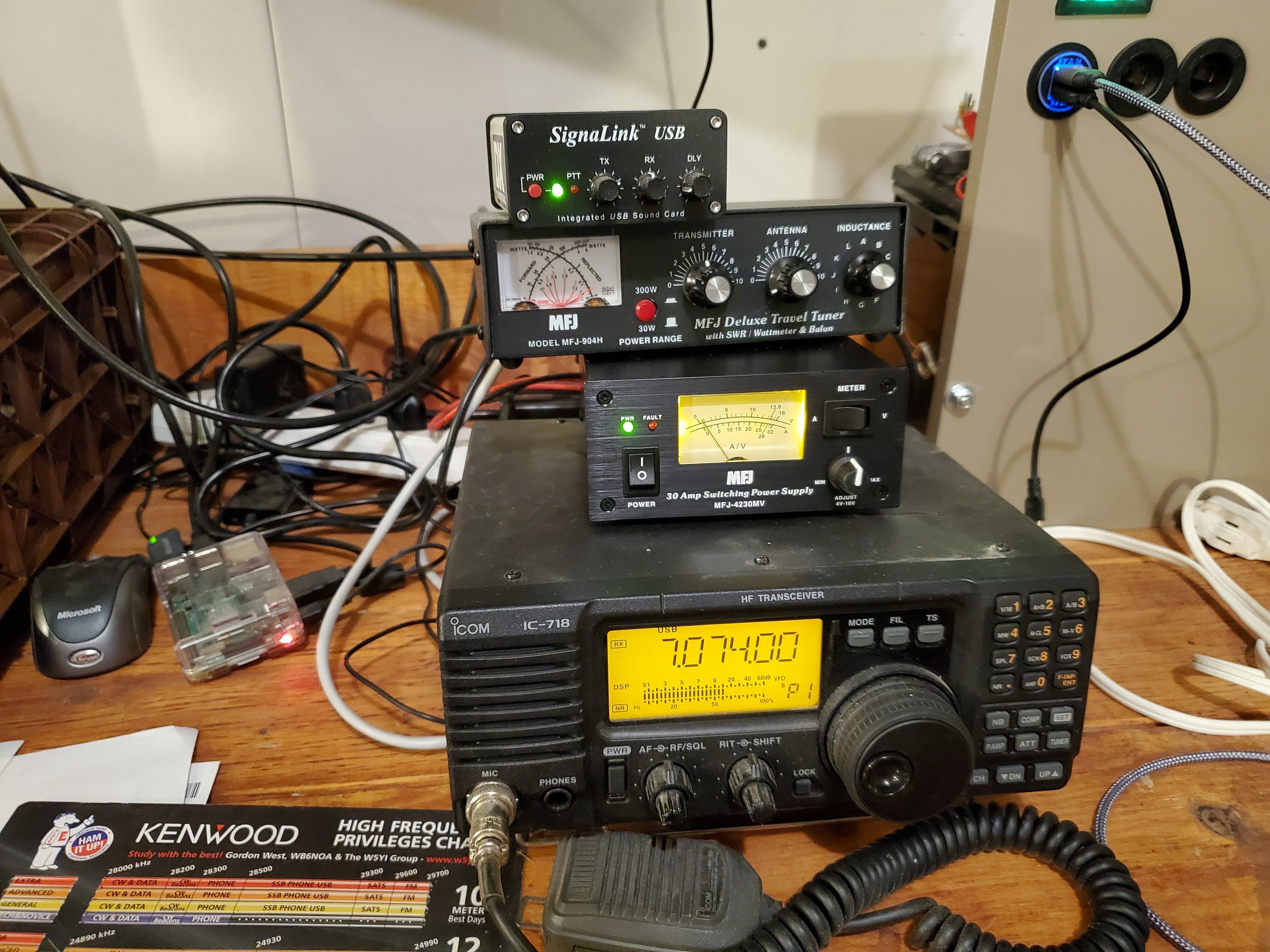
January 16, 2022

You may have seen ham radio on television or come across cars with lots of antennas on them, and asked yourself, "What is that, and how do I get into it?" That is the question I aim to answer in this article.
Ham radio(or amateur radio) can come in many forms and has been around a long time. Radio was initially discovered in 1888 by Heinrich Hertz, and put into practice by Marconi. The first transmitters were primitive, starting with spark gap transmitters and only transmitting morse code. As time went on, radio amateurs improved the technology, eventually getting to a point where voice could be transmitted. Radio exploded in the 1910s, but amateurs were forced to stop by the US government when World War I started. After the war, more advancements were made. In the 20s, the first trans-atlantic contact was made. After WWII, amateur radio became very popular.
There are so many facets of ham radio nowadays. For a while it was just CW(Morse Code) or AM/SSB(Single Side Band). Now, we have many digital modes to mess around with and higher frequencies.
There are three license classes you can currently earn: Technician, General(what I am right now), and Amateur Extra. The first one you have to earn is Technician. The Technician license has permissions on "walkie-talkie" like bands(6m and above), and morse code segments on HF(160m-10m). Don't be fooled by these limited permissions, there is so much you can do.
While you can study for free(like the practice tests on HamStudy.org), I recommend you get a book from Gordon West, and if there are clubs in your area that do classes, take them. If you live in Northeast Ohio, I would recommend the class put on by the Cuyahoga Falls Amateur Radio Club, it's the one I took. The people that put it on were so friendly and they taught us a lot about the different parts of the hobby. If you take a class, they also either give you the test at the end or make it easy to find one. One last thing I would like to mention is they let you take the other exams if you pass. If you study for the other exams, you could even get all the way to an Extra class license in one go.
Once you pass your exam, there's a few organizations you should consider joining. You should think about joining the ARRL and your local club. The ARRL can make it easy to find a club and events in your area, among other things. They also put out a magazine called QST, and it's free with membership.
The most important part about ham radio is having fun! Get out on the airwaves and have fun! Many times clubs in your area will put on cool events or you could organize your own. One event I participated in a few years ago was a weather balloon launch, which was really exciting!